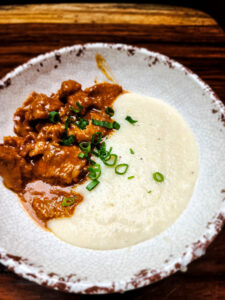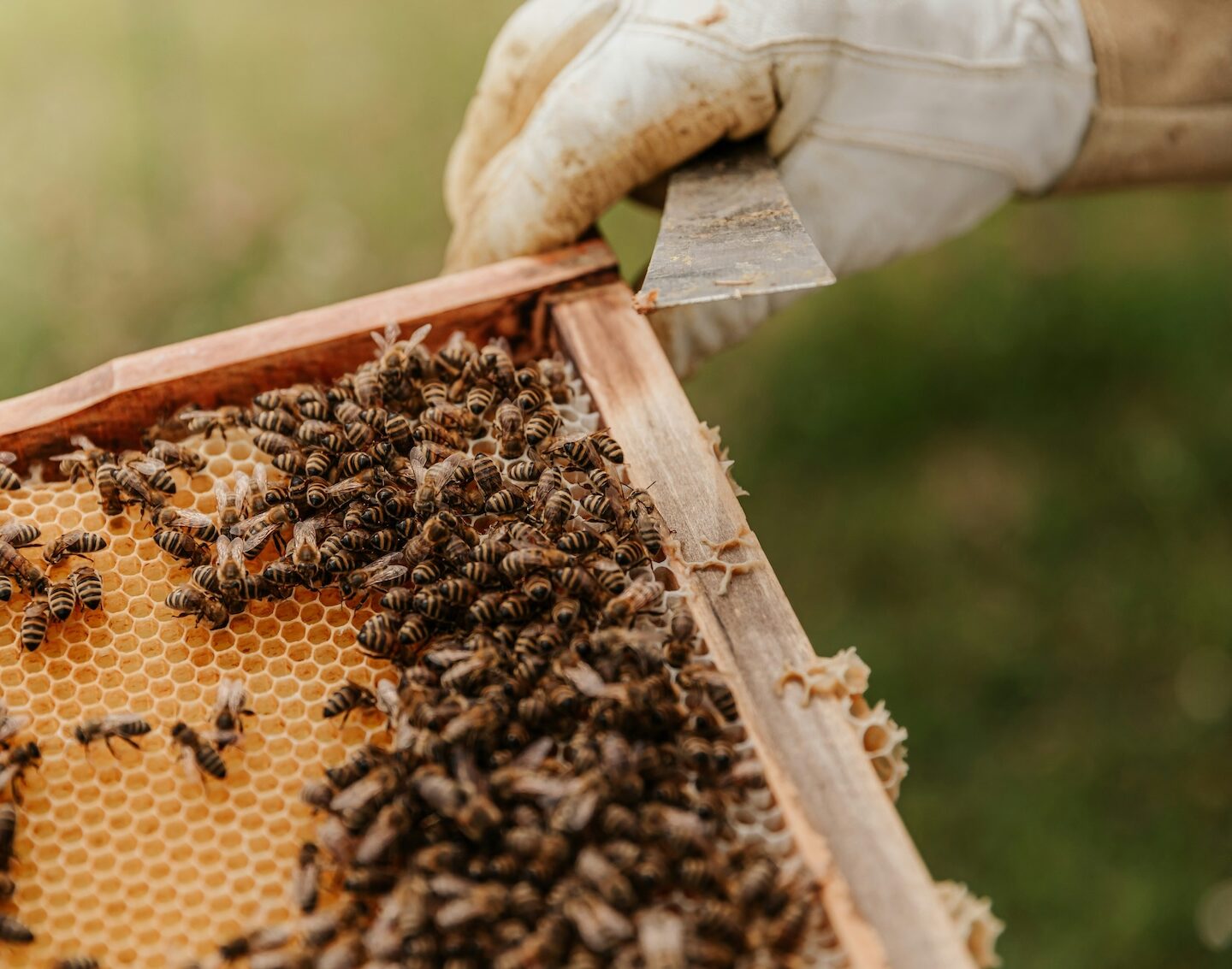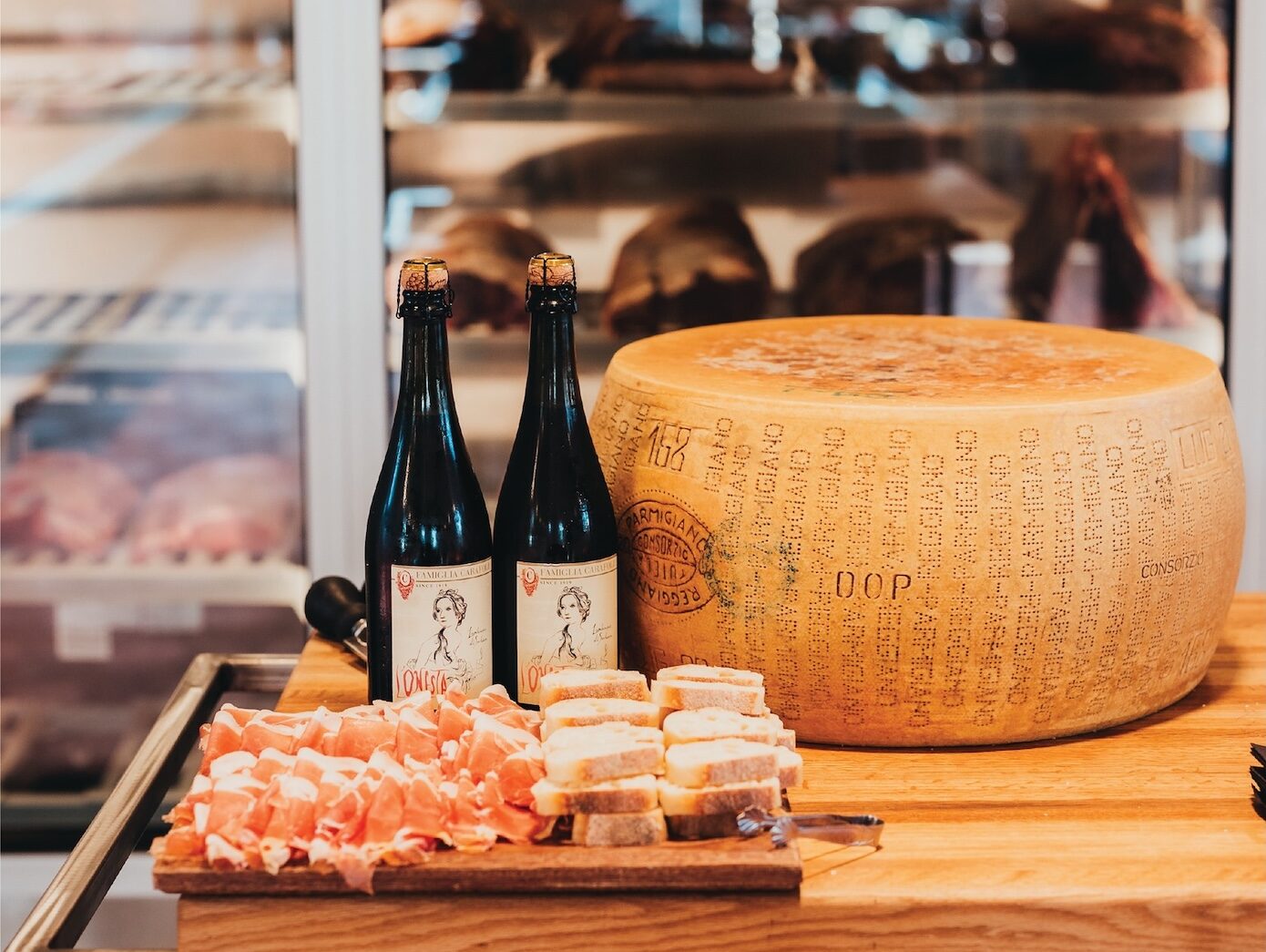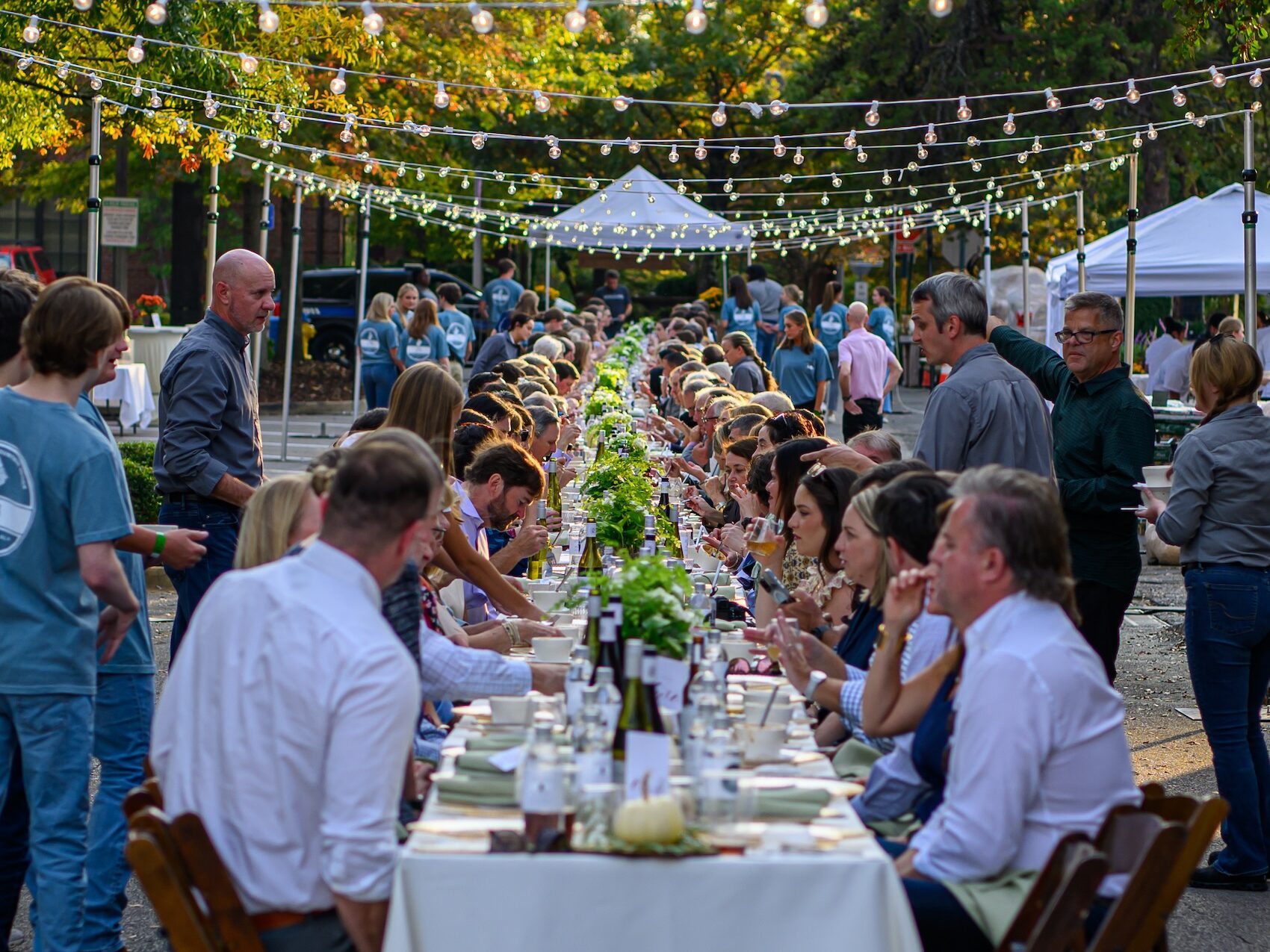Most Alabama kitchens see a fair share of wild game, especially during autumn when the sounds of shotgun blasts herald the opening of dove season. Hunters return from the field with sacks of silver-winged birds, ready to be cleaned, cooked and served alongside hot buttered biscuits on the morning table. This annual ritual is a familiar one across our state, but the sky is not the limit for harvesting wild game during the fall. And for a select group of bold hunters, the chosen hunting grounds may lie beyond the ground.

(Sterling Lanier/Unsplash)
Deep in the murky waters surrounding coastlines and swamps dotted around lower Alabama lurks an exotic creature: the alligator. The Alabama alligator hunting season is now closed for the year, but it’s open annually during various dates in August, depending on which of the five zones are hunted. Hunters must have a permit and follow strict regulations. The minimum length for an alligator to be harvested is 8 feet in the Lake Eufaula Zone. There is no minimum length for hunts in the other zones. Hunters are limited to one alligator per season.
One such hunter, Taylor Douglas, recently captured the largest gator on record for the season, weighing in at 534 pounds. From snout to tail, the beast measured 12 feet, 9 inches long. A crew of six men fought for an hour reeling in the massive catch from the waters of the Mobile Bay.
So now that you have wrestled a gator into your boat, what do you do with it? The alligator hunting season serves to manage alligator populations and prevent them from becoming a nuisance, and it also provides a source of food and income for some Alabamians.
When it comes to cooking an alligator, we suggest cooking it one bite at a time. Alligator meat is versatile and can be prepared in many ways, although the most common is battered and deep-fried. Tips for cooking this wild game are similar to tips for preparing all wild game, including a good long soak in buttermilk or salt water to neutralize any gamey taste and making sure to clean the meat properly and remove all connective tissue. Alligator meat can also be tenderized by using a mallet, by soaking in an acidic marinade, or by cooking slowly at a low temperature.
Lots of spice is always a good idea, and that holds true when cooking alligator. Below we share a recipe for a version of Alligator Creole. Spicy and hearty, this dish perfectly highlights the flavor of any wild game but is particularly well suited to alligator. Inspired by the French influence of the Mobile Bay, Alligator Creole will bring some heat and personality to your fall gatherings. We hope you will seek out some Alabama alligator and give this recipe a try in your own kitchen.
Alligator Creole
Ingredients
3 lbs alligator meat, preferably from the jowl or tail, cut into 1-inch cubes
2 cups buttermilk
2 tbsp creole seasoning
grapeseed oil

(Rose Anna Moore/Facebook)
½ stick of unsalted butter
1 green bell pepper, peeled and diced
1 white onion, peeled and diced
2 stalks of celery, strings removed, diced
2 cups court bouillon or white wine
4 cloves garlic, thinly sliced
red pepper flakes
2 whole bay leaves
sprig of fresh thyme
1 tsp creole seasoning
salt & pepper to taste
1 can tomato paste
16 oz can stewed tomatoes
2 cups seafood stock, or chicken stock
2 tbsp cornstarch dissolved in 1 cup cool water
Process
Clean and rinse alligator meat, making sure to remove all connective tissue. Cut into 1-inch cubes and season with 2 tbsp creole seasoning. Place seasoned meat into a Ziploc bag and add 2 cups of buttermilk. Allow to soak in the refrigerator for several hours or overnight.
Remove the alligator from the buttermilk and pat dry with paper towels. To a large cast iron skillet, add grapeseed oil to barely cover the bottom of the skillet and cook over high heat. You want the skillet very hot, but not smoking. Once the skillet and oil are hot, add alligator meat in batches and brown on all sides. Do not crowd the pan. You want a nice golden crust to form. Crowding the pan will generate steam and the meat will not brown. Once browned, remove from skillet and set aside. Leave drippings in the skillet.
To the drippings in the skillet, add the ½ stick butter and cook on medium-high until foaming and beginning to brown. Scrape any browned bits from the bottom of the skillet.
To the browned butter, add the diced bell pepper, white onion, and celery. Increase heat to high and stir until the vegetables are translucent and well-browned. To the vegetables, add the court bouillon or wine all at once and cook on high until boiling, scraping any bits from the skillet. Once the liquid boils, reduce heat to medium-high and add garlic cloves, red pepper flakes, bay leaves, and thyme sprig. Allow to cook until the liquid is reduced by half and thickened. Add salt and pepper to taste.
To the vegetable mixture, add the tomato paste and cook over medium-high heat until the tomato paste darkens in color and smells toasted, around 10 minutes. add stewed tomatoes and seafood stock. Return flame to high and bring to a gentle boil. Reduce heat to medium and add dissolved cornstarch. Cover and cook for approximately 15 minutes on medium-high heat until the liquid is reduced, thickened, and bubbling. Adjust seasoning. If the cooking liquid becomes too thick, add additional stock.
Add browned alligator meat back to the skillet. Cover skillet and cook on low, stirring occasionally, for 45 minutes. Adjust seasoning.
Remove bay leaves and thyme before serving. Serve with jasmine rice or grits. Garnish with minced Italian parsley and copious amounts of hot sauce.
[/fusion_text][/fusion_builder_column][/fusion_builder_row][/fusion_builder_container]




